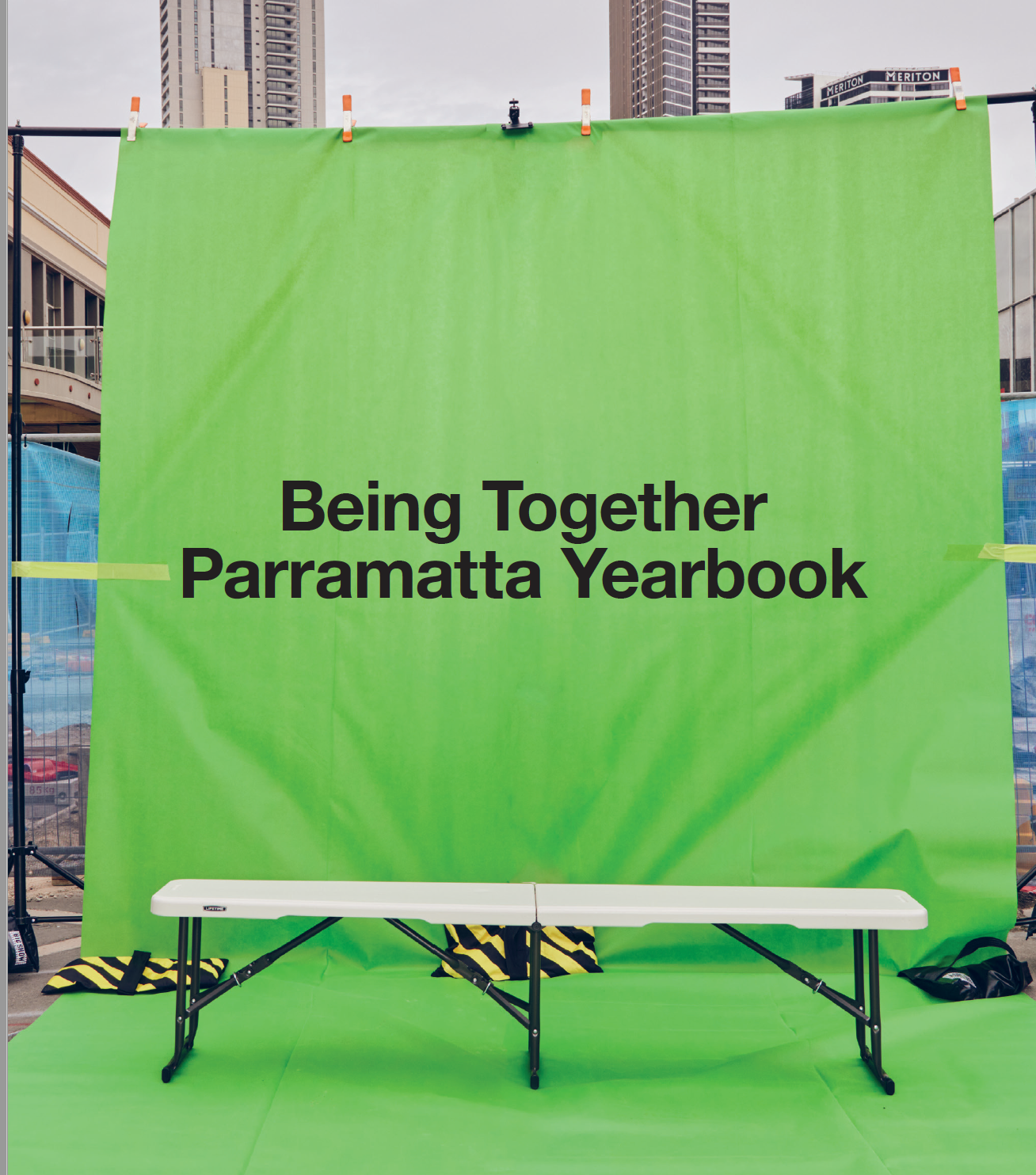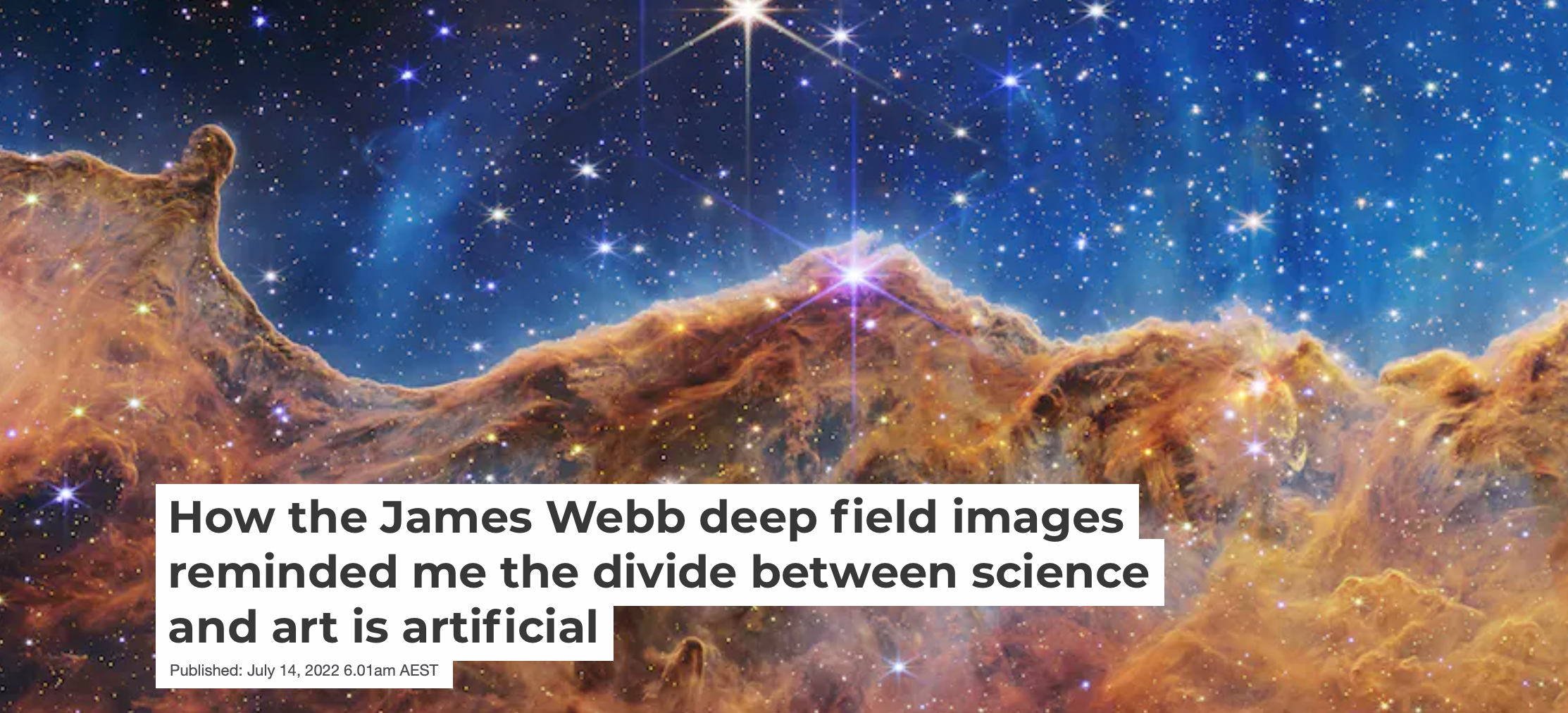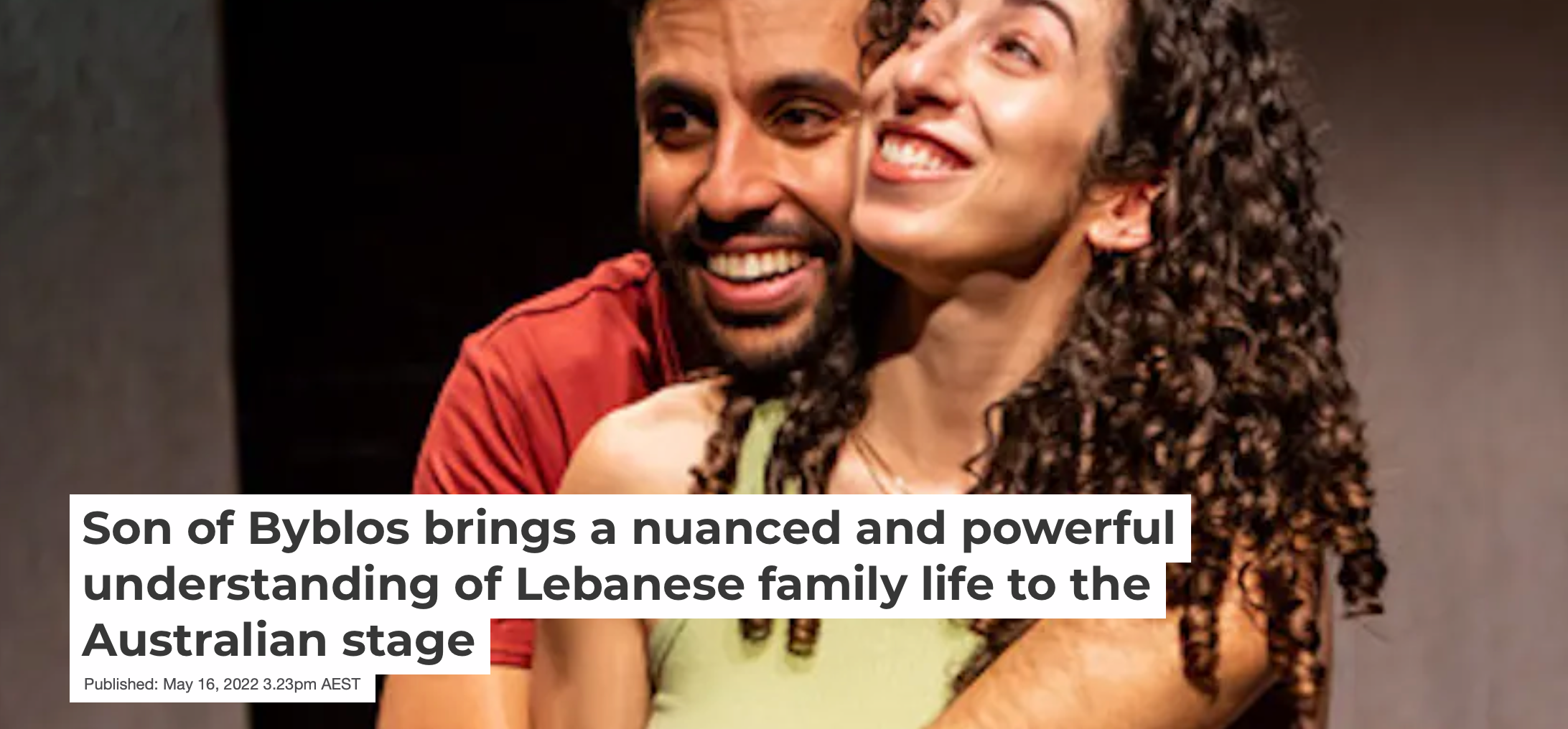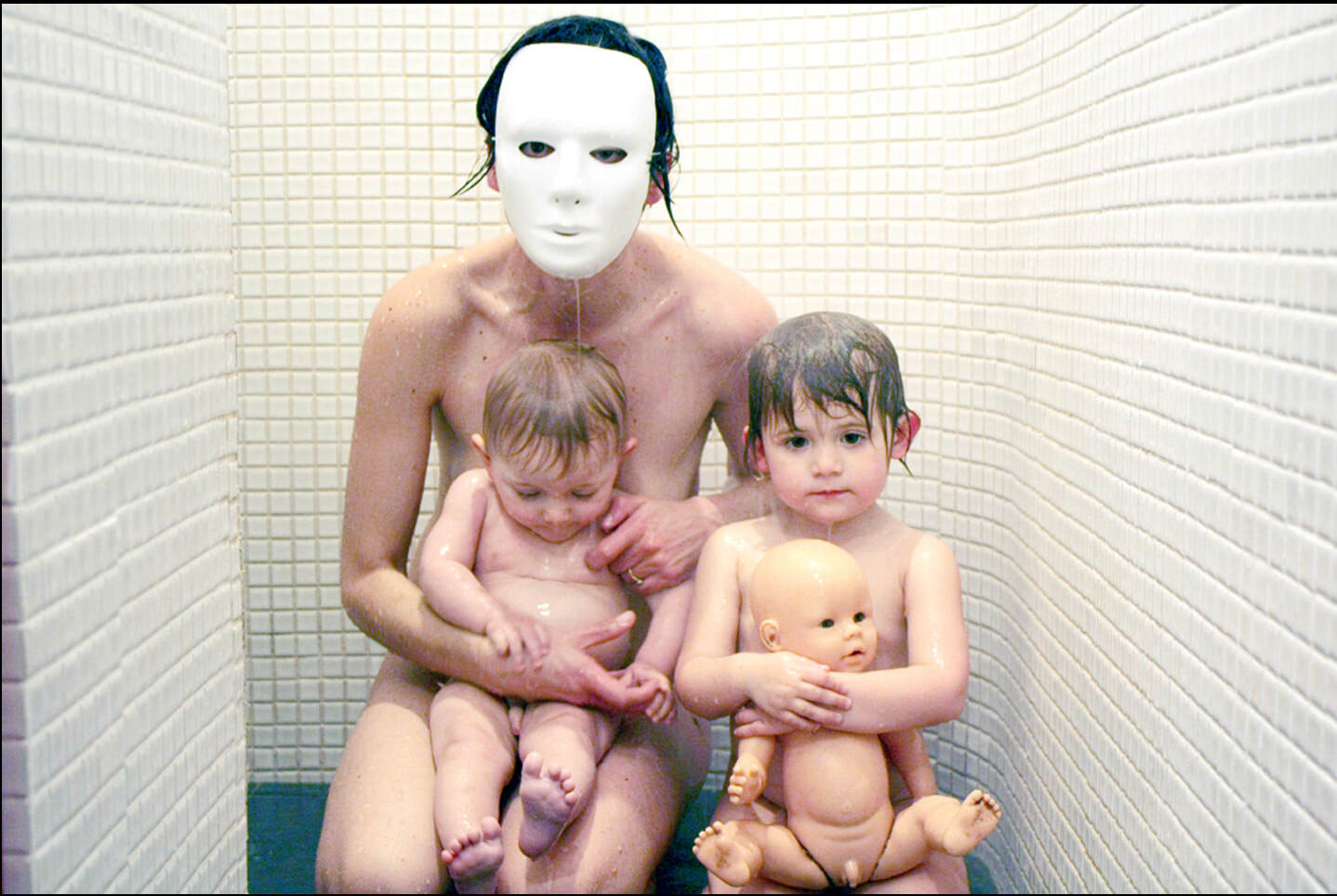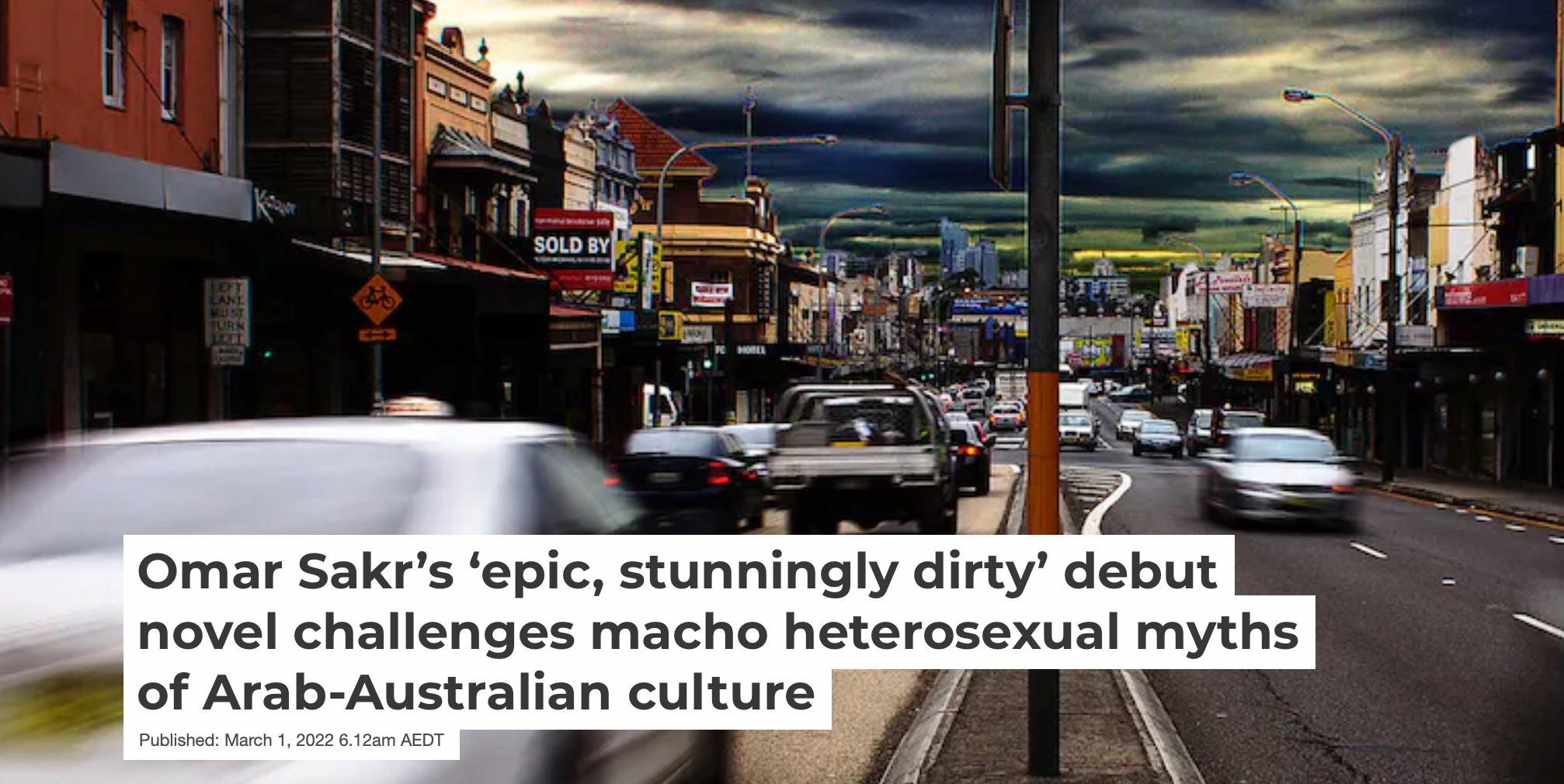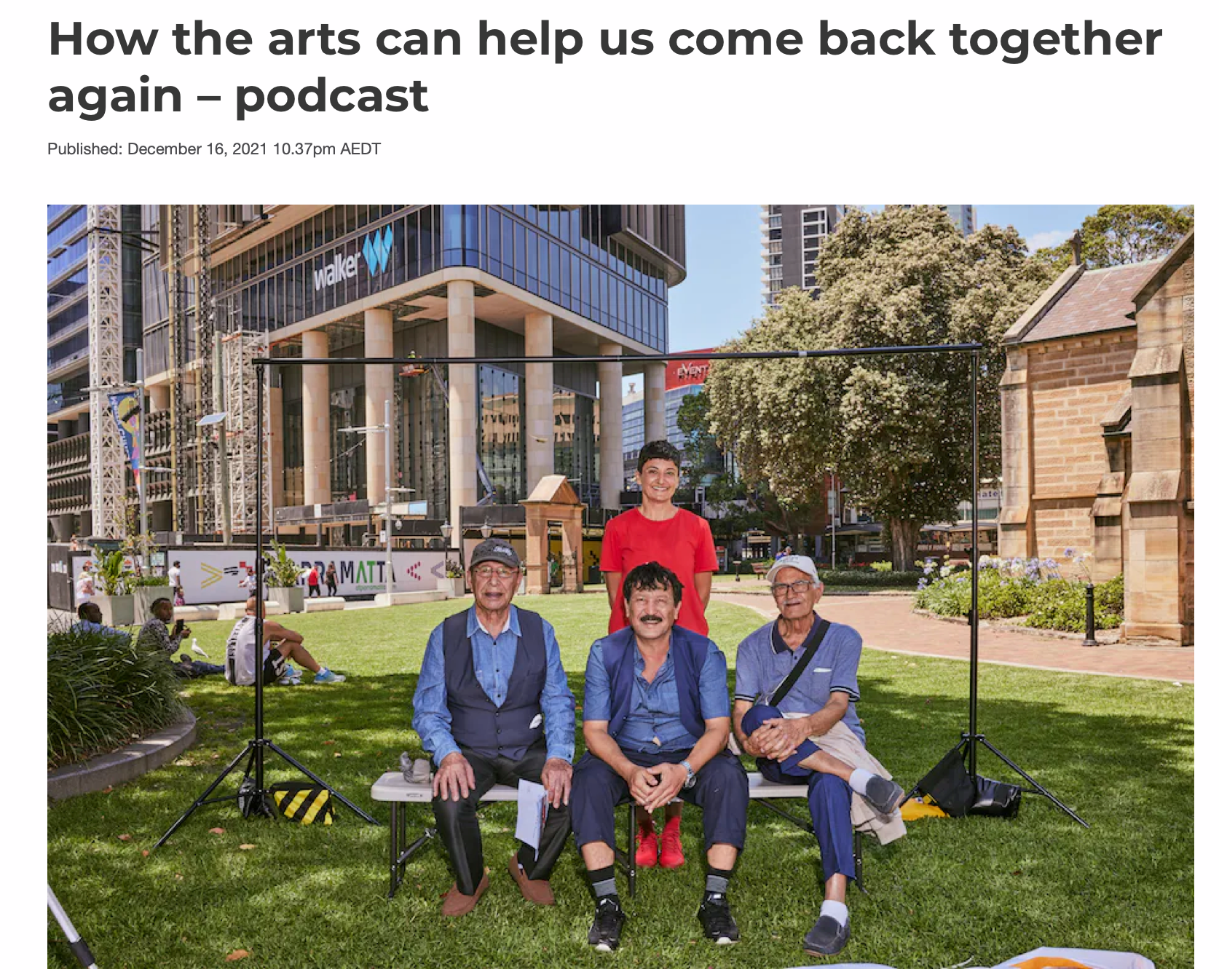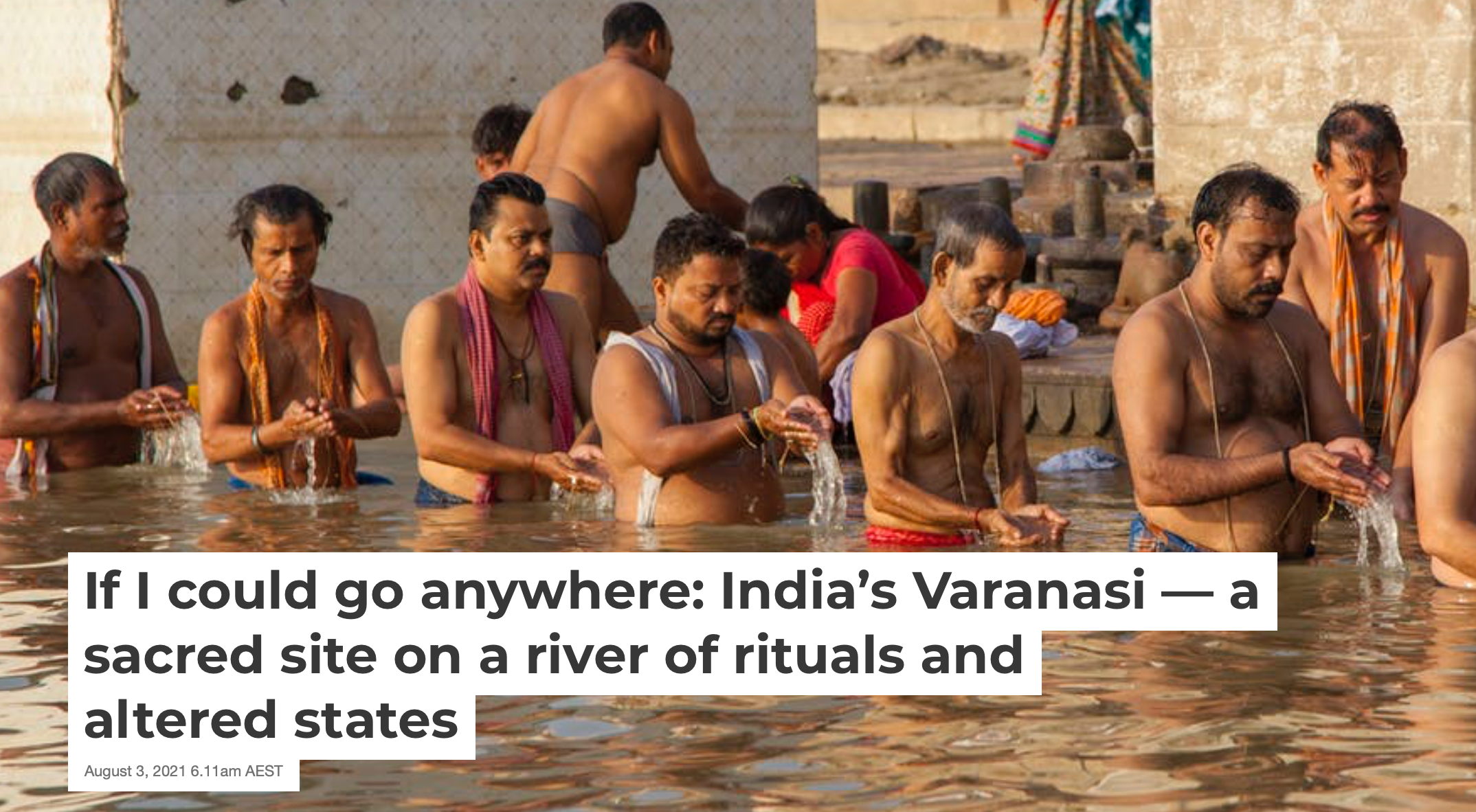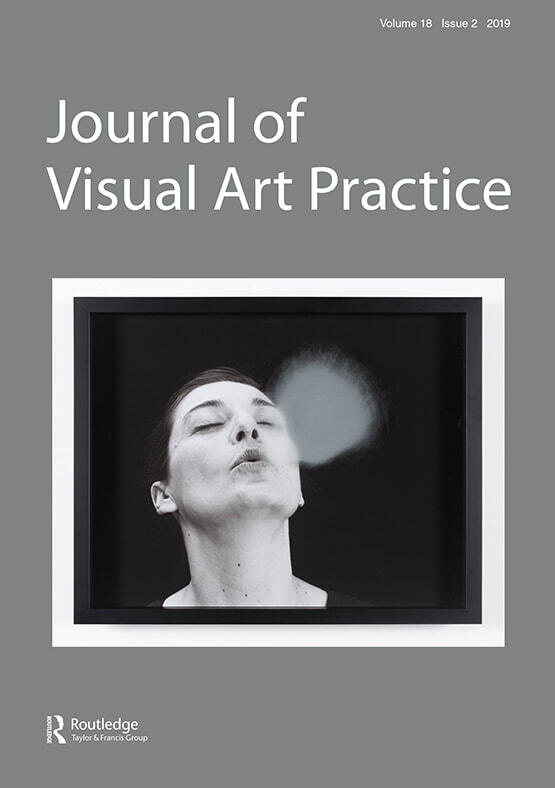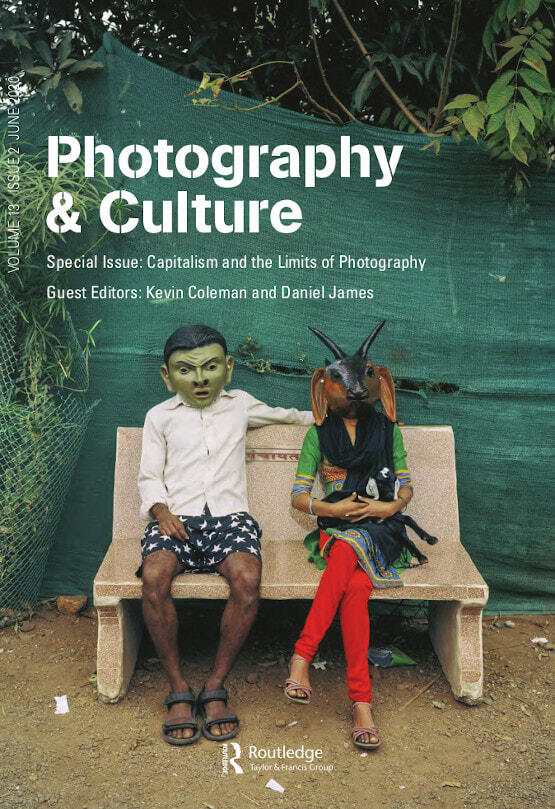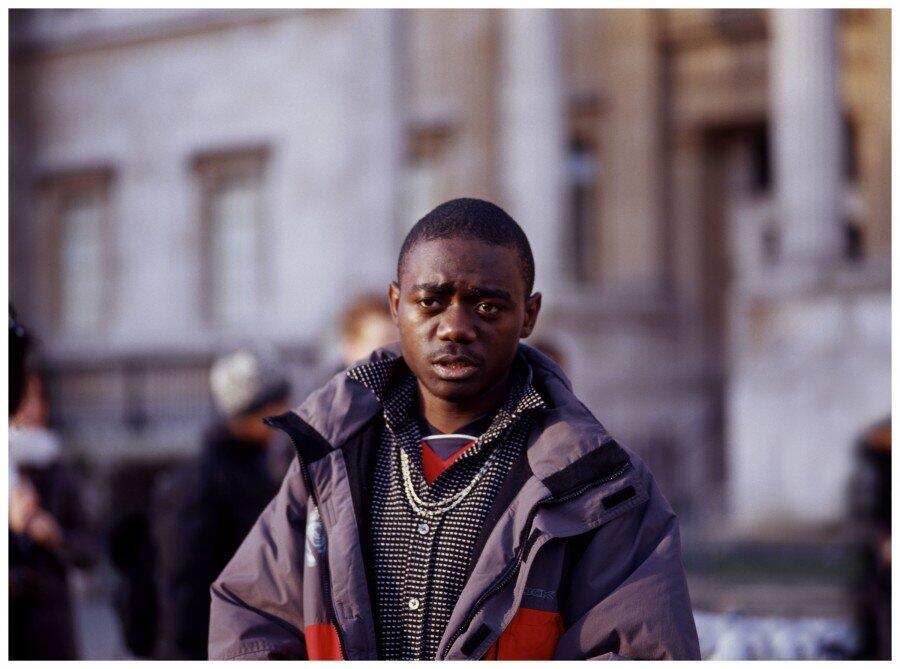
Cherine Fahd Trafalgar Square by Sandy Edwards
CHERINE FAHD TRAFALGAR SQUARE
Cherine Fahd uses the photograph in the tradition of the document. Her starting point is the real world. However she quickly establishes photography’s ability to embrace a plurality of intentions. There is no easy direction of the gaze in these images of people framed between statuesque Greek columns. They appear to be placed on a stage. In fact, it is the entrance to the National Gallery of London.
Trafalgar Square, London, is the location. However there is a zone of another kind, described by these photographs. Cherine Fahd is tuning in to a state of awareness which is experienced in solitude by the people photographed. She is silently empathising, through the lens, with their experience of the moment.
We, as the audience, are established firmly as voyeur, a position that may or may not feel comfortable. It is a familiar position when viewing photography, yet is made more manifest here. Does this make Fahd’s treatment of the subject/viewer relationship more honest? Perhaps it never can be. Some would perceive the camera as an instrument which invades privacy, especially when the subject is unaware of its presence, but I think these photographs testify to a sympathetic communing, far from being an intrusion. What is more interesting is the tension between the real and the contribution of the imagination. This is the rich territory of Trafalgar Square. Fahd offers us the opportunity to make narratives from her very real subjects.
Each person (or group of people) who steps out, unaware, onto the appointed stage of Fahd’s theatre, seems to take on a persona that is ‘more than’ their actuality. A story can be created around their appearance. The group dressed in black in Trafalgar Square, Opera, for example, takes on the aura of a Greek tragedy, perhaps mourning the loss of a family member. Once involved in these elaborations of thought, questions emerge about particular figures. Is the man on the right a part of this family of women, or has he married into it? Fantasies form, from the source of our own imagination and experience. Is something ominous about to happen to the woman eating the banana in Trafalgar Square, Banana? The man with the scarf around his face does not seem quite honourable in her presence.
Coded meanings are richly suggested. The contemporaneity of clothing and faces is very seductive. Fresh young adults have just soaked up the art at the National Gallery and are now absorbing it. They bear the facial expressions of humans recently satisfied by an enriching experience, the equivalent of a good meal. However this experience appears to be of a more spiritual nature, less easily digestible than food. These people are transported into another realm. We do not know what they may have seen and felt, or what may be facing them outside the frame, but we do know that they have had an experience of a cultural nature. Fahd’s faith in that realm seems pure and undoubted.
There are many references in Fahd’s work besides the more obvious photographic ones. Fahd showed me an image by Casper David Friedrich titled Monk by the Sea. It shows a solitary tiny figure at the very bottom of the frame on the horizon, with a wild and stormy sky cast above him. It is a picture of aloneness, yet this figure is a monk and he is in communion with the universe of nature around him. There is a religious vernacular at work. Fahd also showed me a painting by Francisco Zurbaran, St Francis in Meditation. Both these works have special meaning for her. St Francis is kneeling, in his monks habit, in prayer, hands clasped, head raised heavenwards. Just like many of the people in these photographs who have the same expression repeated on their faces over and over.
What is this moment? What is their inner experience? I can only imagine it to be a moment of epiphany, which the dictionary defines as ‘A sudden manifestation of the essence or meaning of something’. It leads me to contemplate other bodies of work by Fahd. In The Chosen 2003/04 people are standing bathed in a water spray, their faces raised towards it, in apparent ecstasy. The fluid seems to possess a spiritually healing quality. I wonder whether this is a reference to an experience, an experience the artist has had, and seeks to repeat.
Fahd also questions the mode of realism. In Looking Glass 2004/05 she seems at odds with the medium of the document itself. By distorting the image, through a method of highlighting the subjects of interest to her in the frame while simultaneously defocusing everything else, she intensifies the ‘moment’ she wants to expose. Her reference here is to the decisive moment itself. She is reminding us that we have the capacity to create that moment from within our own consciousness. The decisive moment is no less than our own awareness, in the moment. When I first saw Fahd’s work I felt she was a documentary photographer reaching for something else. Now I feel she is drawing from her deepest experience and employing the photograph to replicate that experience. In the process she becomes a critic of the photographic stereotype.
There are three atypical images in this body of work. One in particular stands out, and perhaps answers many questions. Trafalgar Square, Pigeons depicts a man, with a camera (perhaps a stand in for Fahd herself), standing at the centre of the frame surrounded by a rising flock of pigeons, as one often finds oneself in tourist mode. As your eyes sweep the area of the picture plane, absorbing its totality, one finds another figure off to the left, almost completely covered by pigeons. This figure also holds a camera and is photographing the scene from another viewpoint. This powerful image seems to sum up the entire body of work. The swarming of the pigeons has triggered an immediate and automatic shutter release from the image takers. In fact the central figure is photographing Fahd herself. This moment of transcendence of the pigeons in flight is seen from a different perspective by each, yet the desire to record that moment is in common. In that response they and we as the viewer, have shared that moment of transcendence. I would suggest it is the same moment that is written on the faces of the ‘actors’ in the other photographs. This moment is greater than all of us, yet grounds us in the present, hence we are entwined and made one.
Sandy Edwards
